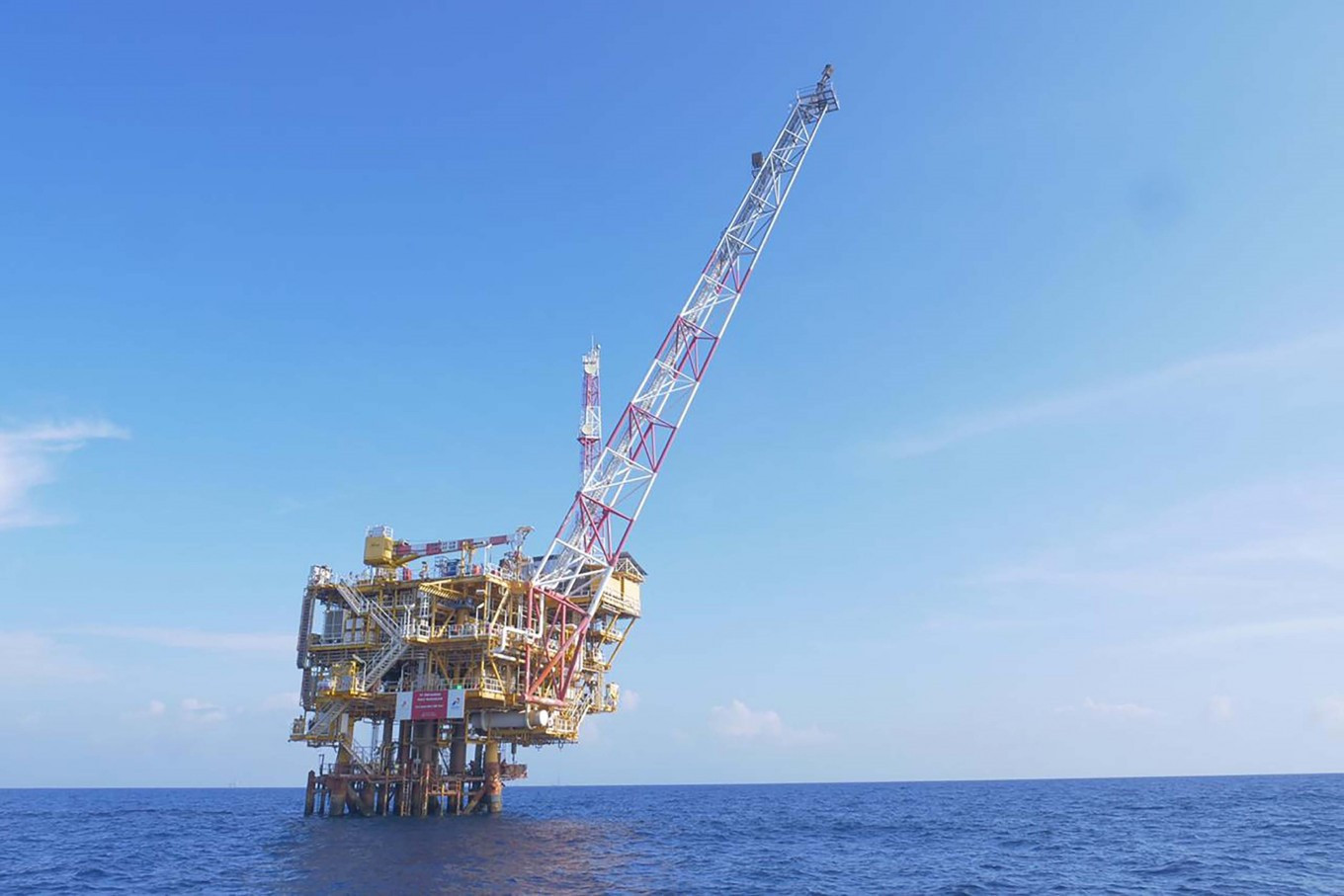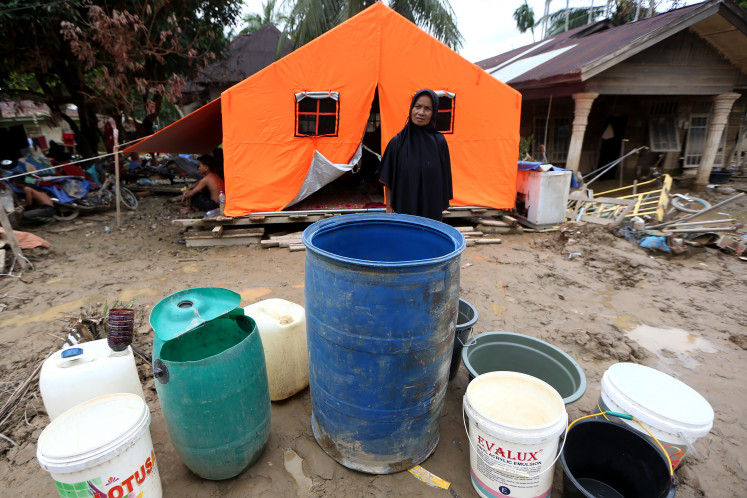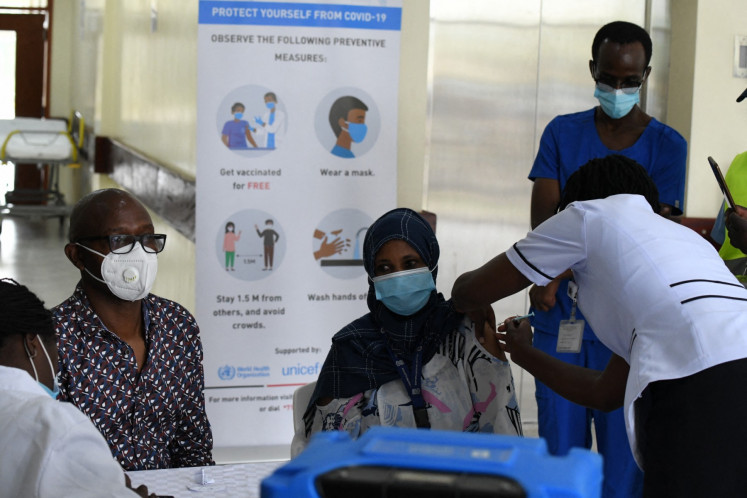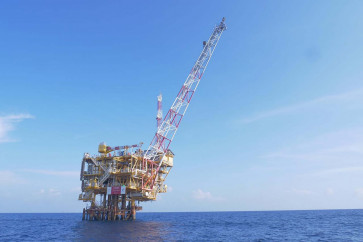Popular Reads
Top Results
Can't find what you're looking for?
View all search resultsPopular Reads
Top Results
Can't find what you're looking for?
View all search resultsAnalysis: Big gas reserve found in the Aceh sea amid departing global oil firms
A large gas deposit was discovered recently near the coast of Aceh. The Energy and Mineral Resources Ministry described the discovery as potentially one of the largest in the world.
Change text size
Gift Premium Articles
to Anyone
A
large gas deposit was discovered recently near the coast of Aceh. The Energy and Mineral Resources Ministry described the discovery as potentially one of the largest in the world. Contractors of the new gas reserves would agree, saying that the newly found gas reserve ought to be categorized as a “world-class discovery”. The government believes that the major gas find will attract departing global oil companies to come back to Indonesia.
The gas reserve was confirmed to be in block Andaman II, but another promising gas reserve could be found also in its adjacent block Andaman III. The first deposit in Andaman II is estimated to have 6 trillion cubic feet (TCF) of oil. This estimation was made after Premier Oil of Britain, the contractor of the Andaman II, conducted a test drill at a depth of 4,211 meters under the sea that produces 27 million standard cubic feet per day (MMSCFD) and 1,888 barrels of condensate per day. Drilling in Andaman III is still underway, but contractors of the block believe that its yield will be comparable to the reserve found in Andaman II.
The ministry’s director general of oil and gas, Tutuka Ariadji, said that Repsol Andaman BV was conducting drilling at Rencong 1X well at the Andaman III concession, located next to Andaman II. If the well in Andaman III produces similar results to the well in Andaman II, Tutuka believes that the giant gas reserves spread north until the Thailand sea. Tutuka further explained that gas produced in Andaman II contained no carbon dioxide (CO2), unlike gas produced in the Natuna Block in Riau Islands. That makes Andaman II more competitive and attractive to contractors.
Andaman II, located 150 kilometers north off the coast of Aceh, was awarded to a consortium of Premier Oil Andaman Ltd, KrisEnergy (Andaman II) Ltd and Mubadala Petroleum II RCS Ltd in 2018 under a gross split scheme for 30 years. A year later, in 2019, Kris Energy sold its participating interest to British Petroleum (BP). In January 2020, Mubadala sold 20 percent of its interest to Premier Oil, effectively making Premier Oil the operator of the block by securing 40 percent majority interest, Mubadala 30 percent and BP 30 percent.
The geology of Andaman II is complex and drilling in the area is costly. Originally, Premier Oil had planned to start drilling in Andaman II in 2021; however, its budget for that year was only enough for preliminary drilling preparations, which is why it had to push back drilling to 2022, which led to the major discovery of the gas reserves.
Energy and Mineral Resources Minister Arifin Tasrif said the major gas discovery in Andaman II would become a magnet for global oil companies that had left Indonesia because of the country’s nationalization drive.
“A number of big international companies that had left Indonesia now want to come back,” Arifin said.


















